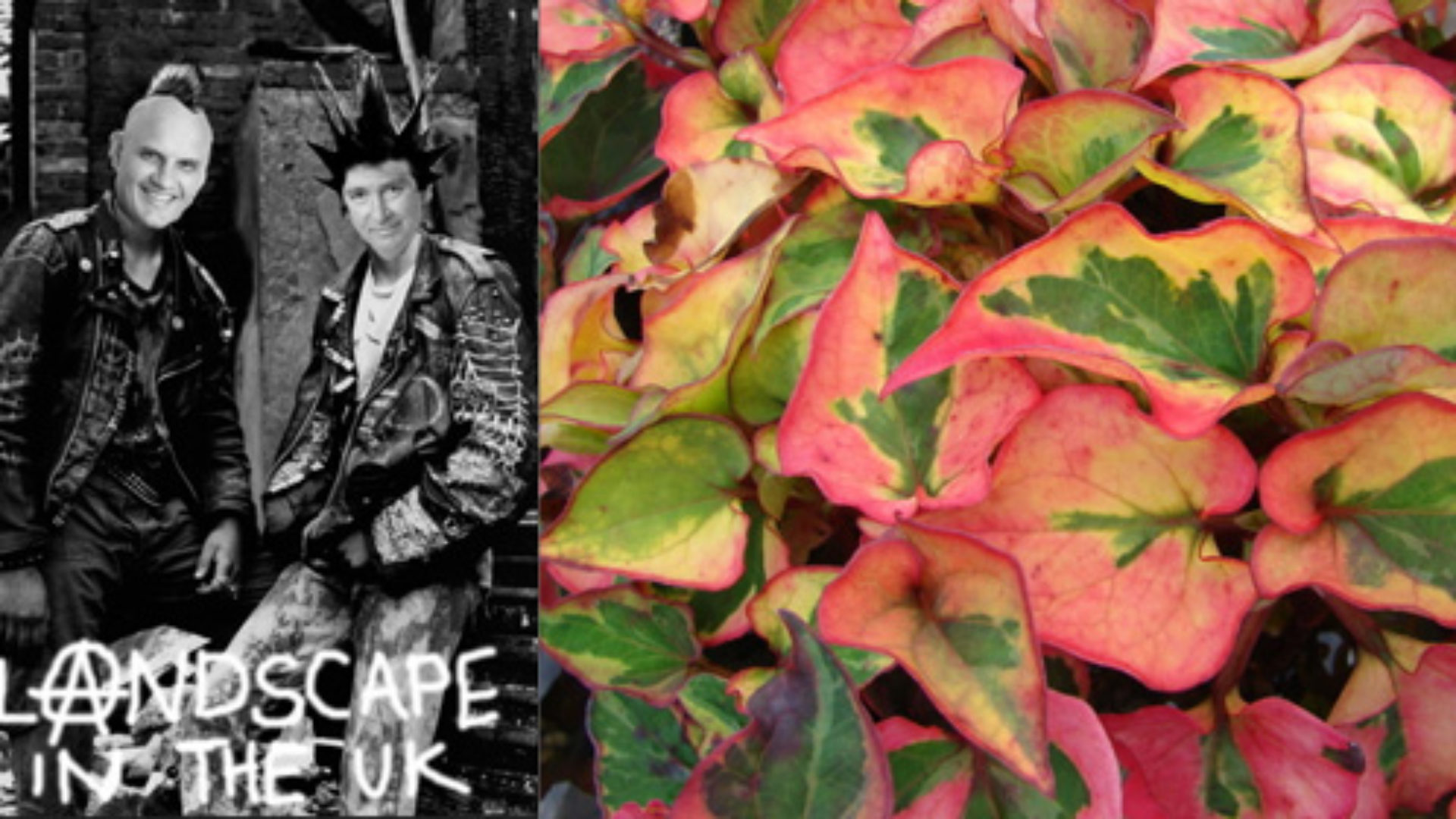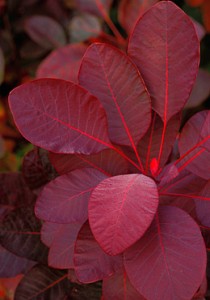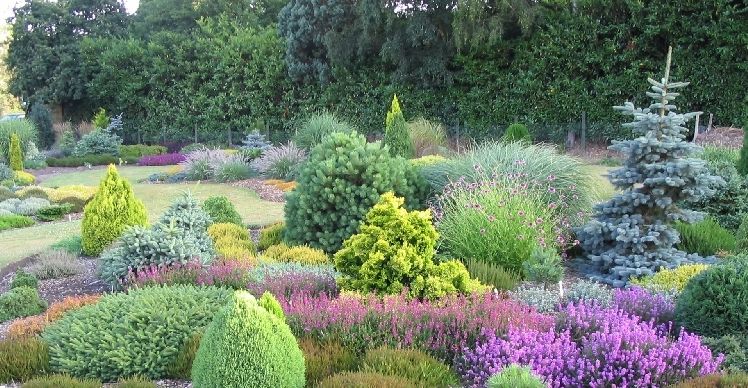A conversation in the office the other day between John and Jeff went something like this…. John ‘ I met up with Mr A.nonymous designer last night’ Jeff in reply ‘Cotinus Grace!’. Jeff is a passionate horticulturalist but he has a broad vocabulary and frequently uses words that are not plant names to communicate a point. So why the reply … well this was the plant that Jeff associated with the Mr A.nonymous when he used to plant his schemes back in the 1990’s. Thereafter the conversation spread and the question.…what plant do you associate with schemes of a certain age became the topic of the day!
Do certain plants really identify a planting scheme, can a Cotinus Grace be used as dating evidence like a pottery shard on an archaeological dig? Well no, Cotinus Grace still provides a lovely splash of purple today and we have planted it in several schemes without fear of being branded passé. There is however definitely something to this, I have certainly visited a landscape in need of a refresh without a precast slab or shoulder padded client in site and still with a swoosh declared it so 1980’s!
So plants are probably associated with a time or fashion in the same way that a mini skirt is associated with the 60’s but still finds its way back into fashion and certain high streets on a Saturday night. Some fashions and plants are probably best left in the era they are associated with such as Houttuynia cordata Chameleon and super glue spiked hair – the Bowles & Wyer publicity shot of 1977 should definitely not be repeated…..
A bit of a B&W office poll and the following plants were listed:-
- 1950’s Roses, esp hybrid teas Ena Harkness, Prunus Kanzan, privet, monkey puzzle, fruit trees as Britain started to try and feed its self again after the war
- 1960’s Heathers, dwarf conifers (esp Elwoodii), Mahonia aquifolia, variegated plants in general, ‘Japonica’ (Chaenomeles), pampas grass, bare root roses (in the post)
- 1970’s Rosa rugosa, Berberis candidula, Berberis wilsonae, Mahonia japonica, Vinca major, Lonicera Baggessens Gold, Hedera Goldheart, Hedera hibernica, Juniperus pfitzeriana, rubber plant, dwarf conifers
- 1980’s Photinia Red Robin, Hedera Gloire de Marengo, Hedera Montgomery, Ilex JC Van Thol, Cotinus ‘Grace’, Osmunda regalis, Amelanchier, Camellia, Rhododendron, Houttuynia cordata
- 1990’s Phormium tenax Purpureum/Bronze baby etc., Hedera Pittsburgh, County series groundcover roses (also late 80’s), Clematis armandii, Crocosmia ‘Lucifer’, purple sage, box – topiary, annual bedding plants, Leylandii, Acers, Bonsai
- Noughties Buxus balls, Astelia ‘Silver Sword’, grasses esp Pennisetum, Stipa tenuissima, Echinaceas, Rudbeckias
What plants do you associate with the different decades? Are you using a plant that is so 1980’s? Answers on a blog comment!
Stuart




